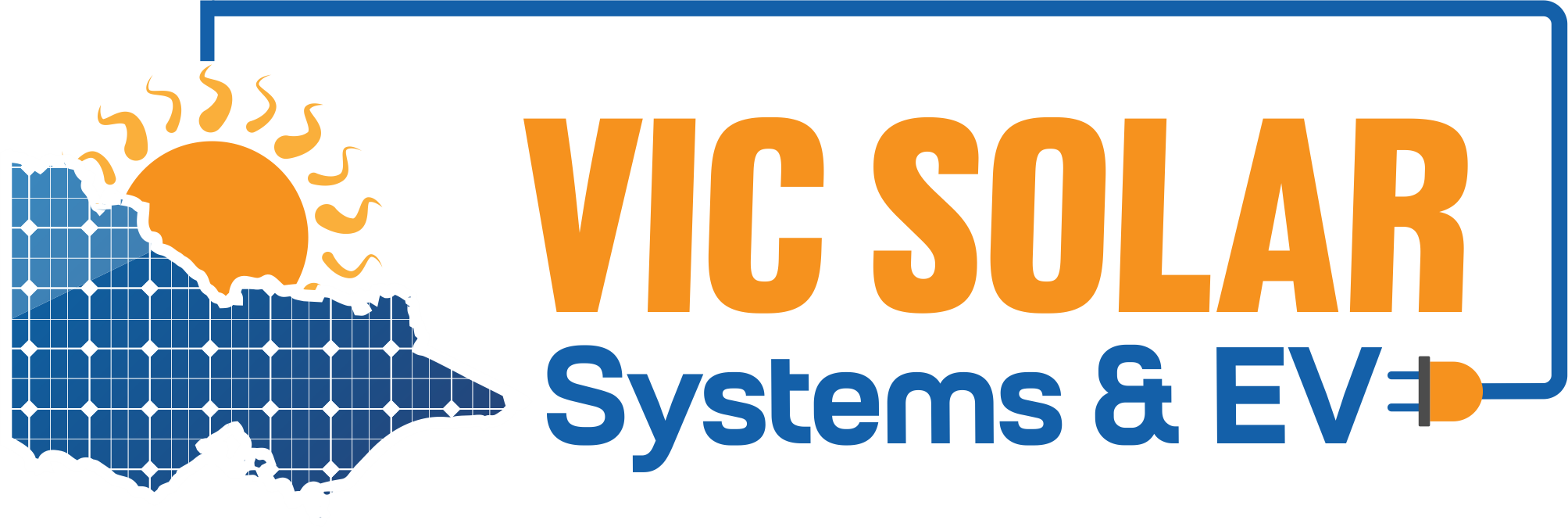It may seem difficult to choose the best solar battery for your house, but worry not! To help throw some light on the situation, Solaright is here. A vital first step in making the most out of your solar power system is selecting a solar battery. So that even those who are not tech-savvy may make an educated choice, let’s break it down into easy stages.
Assess Your Energy Requirements
Be familiar with the energy needs of your house before stepping foot in the solar battery sector. Examine your electricity invoices to determine your typical energy use. This will serve as your basis for figuring out how big of a solar battery you need.
Type of Battery Matters
Batteries are not made equally. There are several varieties available, including lithium-ion, lead-acid, and saltwater batteries. Every kind has advantages and disadvantages.
For example, lithium-ion batteries are well-known for their long lifespan and excellent efficiency, although their cost may be higher than that of other batteries. Selecting the one that best fits your needs and tastes should consider these factors.
Size and Dimensions
Size matters, particularly in the case of solar batteries. Think about the area in your house that is available for installing the batteries. Additionally, pick a battery that can hold enough charge to keep you going at times when there isn’t as much sunshine or when there are power interruptions. You will have enough stored energy when you need it most if it has a bigger capacity.

Suitability for Solar Panels
Make sure the solar battery you select works with the solar panel setup you currently have. Not every solar system is compatible with every battery. Verify the specs and seek expert advice if necessary to prevent incompatibilities.
Lifespan and Warranty
Purchasing a solar battery requires sustained financial support. Longer-lasting batteries will end up costing you less in the long run, so look for those. Additionally, be sure to read the manufacturer’s guarantee. A strong guarantee is a reliable sign of a well-made battery.
Features for Monitoring and Control
With the intelligent features of modern solar batteries, you can keep an eye on and manage your energy use. Choose a battery that shows you your energy output and consumption in real time. This gives you the ability to decide when to utilize your saved energy and when to use the grid.
Establishment and Upkeep
When selecting a solar battery, please take into account how simple it is to install and maintain. While some batteries are easier to install yourself, others need to be installed by a professional. Similarly, make sure the upkeep specifications are within your financial and schedule limitations.
In summary, selecting the ideal solar battery for your house involves knowing your energy requirements, picking the appropriate size and kind, making sure it is compatible, taking guarantee and lifetime into account, and appreciating the advantages of contemporary technology.
By following these easy steps, you’ll be well on your way to using solar energy to power your house. With Solaright, happy solar shopping!















